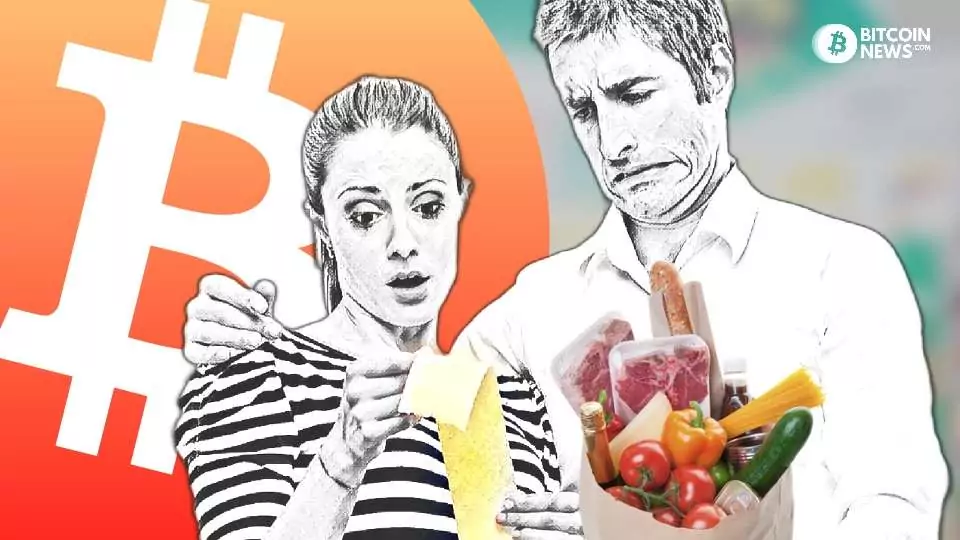This article was originally published by Dominic Frisby on MoneyWeek.com
Tom Haynes wrote an interesting piece in The Telegraph the other day to mark the 40th birthday of the pound coin. “The pound in your pocket is now worth just 30p”, ran the headline, followed by the subheading: “Some 40 years after the first pound coins were minted, their relevance is waning.” I’ll say!
But the pound has actually lost a lot more than 70% of its value, and the article’s own statistics demonstrate that. “The average house cost £27,386, compared to £290,000 today,” says Haynes. I make that a fall of more than 90%. A first-class stamp was 16p. Now it’s £1.10. That marks depreciation of over 85%.
A pint of London Pride cost 58p. Good luck finding it below a fiver today outside of Wetherspoons – another 90% loss of purchasing power. A packet of cigarettes was £1.02. Those same B&H will cost you 14 times that today: a 93% loss of purchasing power. A Mars bar was 15p. Today it’s 65p, 77% less.
A dozen eggs cost 73p 40 years ago. Today they will set you back between £2.50 and £4. But even for food the minimum loss of purchasing power seems to be around 70%.
“A weekly shop would cost a family £8.54. These days families spend £26.38 a week on food.” I don’t know about that £8.54 figure, but what family spends £26.38 on food? That’s barely enough for one family meal in my household, if fish or meat is involved.
It is, of course, increased taxes that have largely caused the loss in purchasing power of more than 90% against alcohol and cigarettes. Meanwhile, the massive increase in debt levels we have seen over the past 40 years has meant an enormous leap in the supply of money chasing the things we buy with debt: houses have become unaffordable.
The Real Culprit
My final beef is this: the pound’s worth, says Haynes, “has been eroded by the passage of time”. No, no, no, no, no! A thousand times no! The pound’s worth has been eroded not by time, but by government.
Inflation is not measured properly. Money-supply growth is ignored. House prices are ignored. Only the prices of certain consumer goods and services, most of which are affected by the deflationary forces of increased productivity, are measured. The result is that interest rates have been too low for too long.
And don’t get me started on quantitative easing and the fiscal stimuli that came with Covid. This is not erosion by the passage of time, but the incremental and compounded effects of decades of debasement.
I often remind people of the absence of inflation over the course of the 19th century, when the world was on a gold standard. The purchasing power of money did not fall by over 90%, or even 70%, in 40 years. It actually increased over time.
In the 30 years from the end of the Napoleonic Wars in 1815, prices halved. They rose again thanks to the impact of the US Civil War in the 1860s, but between its end and the turn of the 20th century, the purchasing power of money doubled again as prices halved. Forty years from now, do you think your money will buy you more or less?
It will be less; the only question is how much less. But imagine if you knew that, in 40 years’ time, your money would buy you double today’s goods or services. The whole dynamic of society would change.
In a way money is stored energy. You expend energy working and in exchange you receive money, which you will then spend at some later stage for the product of somebody else’s expended energy.
But why should the value of your stored energy decline? It should maintain its value. It is essential to an honest society that it does. No wonder gold standard advocates of the past considered sound money to be one of the key pillars of a free society, like property rights or habeas corpus.
The easiest way for ordinary people to protect themselves against, and benefit from, the explosion in money supply of the last 40 years has been via real estate. That is why houses have become savings vehicles instead of just houses. Now we have an entire generation that cannot afford anywhere to live and will put off starting a family as a result. How much better for society if houses were just houses, and instead money was the savings vehicle.
Consider that a chart of consumer prices since 1695 (when central banking began, give or take) shows hundreds of years of price consistency, until the end of the gold standard ushered in the era of state-controlled currencies and an explosion in prices.
Wages have of course increased, but to nothing like the extent that the purchasing power of money has fallen. It now takes two salaries, fewer children and a lot more debt to enjoy the middle-class lifestyle that many took for granted in the 1950s.
It has long been my contention – since writing Life After the State in 2013 and Four Horsemen in 2012 – that, for all the furore over the culture wars, the Ring of Power in all of this is our system of money. Throw fiat into the fires of Mount Doom and replace it with a system of money that no single body has the power to create, and all these other battles will quickly dissipate. Government will inevitably shrink and there would not be the oxygen for them to exist. Meanwhile, the case for gold remains strong.



